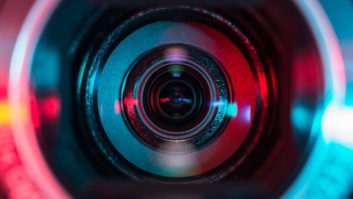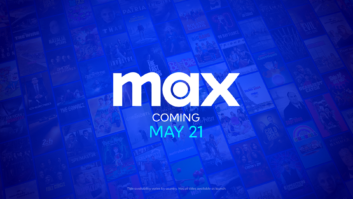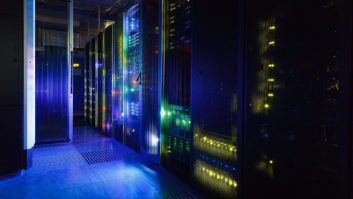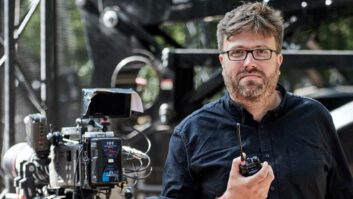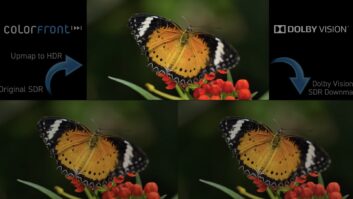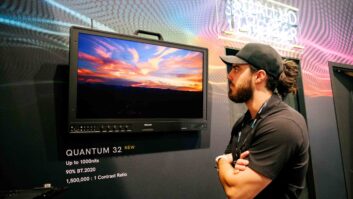With many observers feeling that this year’s show in Las Vegas was lacking in much to get really excited about in terms of new product, writer and consultant Dick Hobbs detects a shift in emphasis away from technology and down to the bottom line.
Apple’s announcement apart – Final Cut Studio now includes a colour corrector along with editing, 3D motion graphics, DVD authoring, audio sweetening and compression, all for $1299 – there were no must-see, must-buy products at NAB this year. Instead, there was a new-found insistence that broadcasting must be a business, with the bottom line in view at all times.
My very last appointment of the exhibition was with National Teleconsultants, the largest independent systems integrator in North America. They have developed a very sophisticated process modeller which, when applied, will tell you not just if content is moving through your facility on time but how much it is costing you to do it. The presentation was full of business-speak like “service oriented architecture” and “key performance indicators.”
Please do not get me wrong: I think this is a good thing. I have been advocating for years a more commercial approach to the way we work in this industry. But for the first time it seemed to be at the top of vendors’ sales pitches at NAB.
Grass Valley with its Content Share 2 has joined Avid’s Interplay in providing a link between broadcast systems and commercial and back office functionality. Xytech talked about the “digital business workflow” generating the invoice as well as tracking the content, and used as a reference a leading London post house that used to take six or seven weeks to raise an invoice. With Xytech that is now two weeks, gaining the business a month of cashflow. Avid also quoted the UK ITV network as saving _40 million a year by rolling out an integrated Avid news production system.
The new head of Grass Valley, Jacques Dunogu_, made the point that in just a few years video will be everywhere, not just in what we now think of as television but in “applications we cannot even imagine today.” Video content will really be just data files to be pushed and pulled around.
Omneon talked about “active storage for active workflows”, and that “transcoding is part of the fabric of file-based workflows.” Transcoding expert Telestream is benefiting from this, with company growth running at 40% a year. Its flagship FlipFactory product has now reached version 6 on the back of multiformat workflow automation.
HD was everywhere, of course. The Fox Network’s technology chief Andy Setos turned up at the Panasonic press conference to say “investment in SD is ill-advised at this time.” The latest developments in MPEG-4 boost the business case for HD delivery. Tandberg was talking about “ultra quality” HD in 6 Mbps, which puts six channels in a multiplex with room to spare for SD, mobile and other data. Grass Valley was claiming even lower bitrates thanks to its custom-encoding chip Mustang. Harmonic, too, claimed to have developed its own ASIC for encoding to get the maximum benefit from MPEG-4.
And of course the Final Cut Studio 2 announcement was all about business, too. Apple says there are 800,000 Final Cut Pro licences out there: if only 10% upgrade to the new package at $499, that is close to $40 million coming in virtually cost-free and overnight. Of course, the temptation to buy one of the new eight core Macs to run it on is going to be high_
